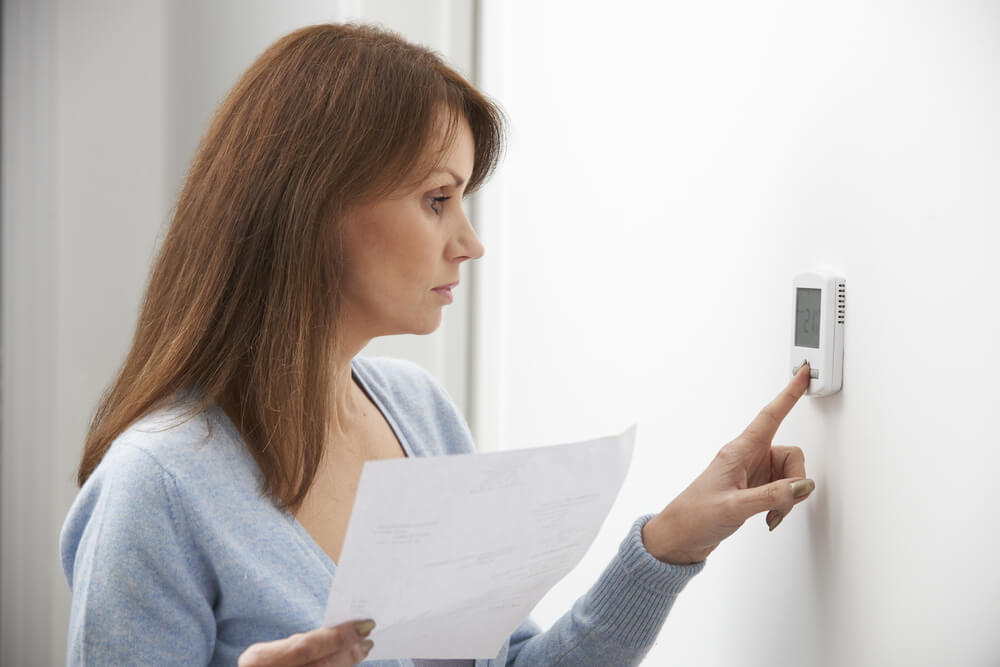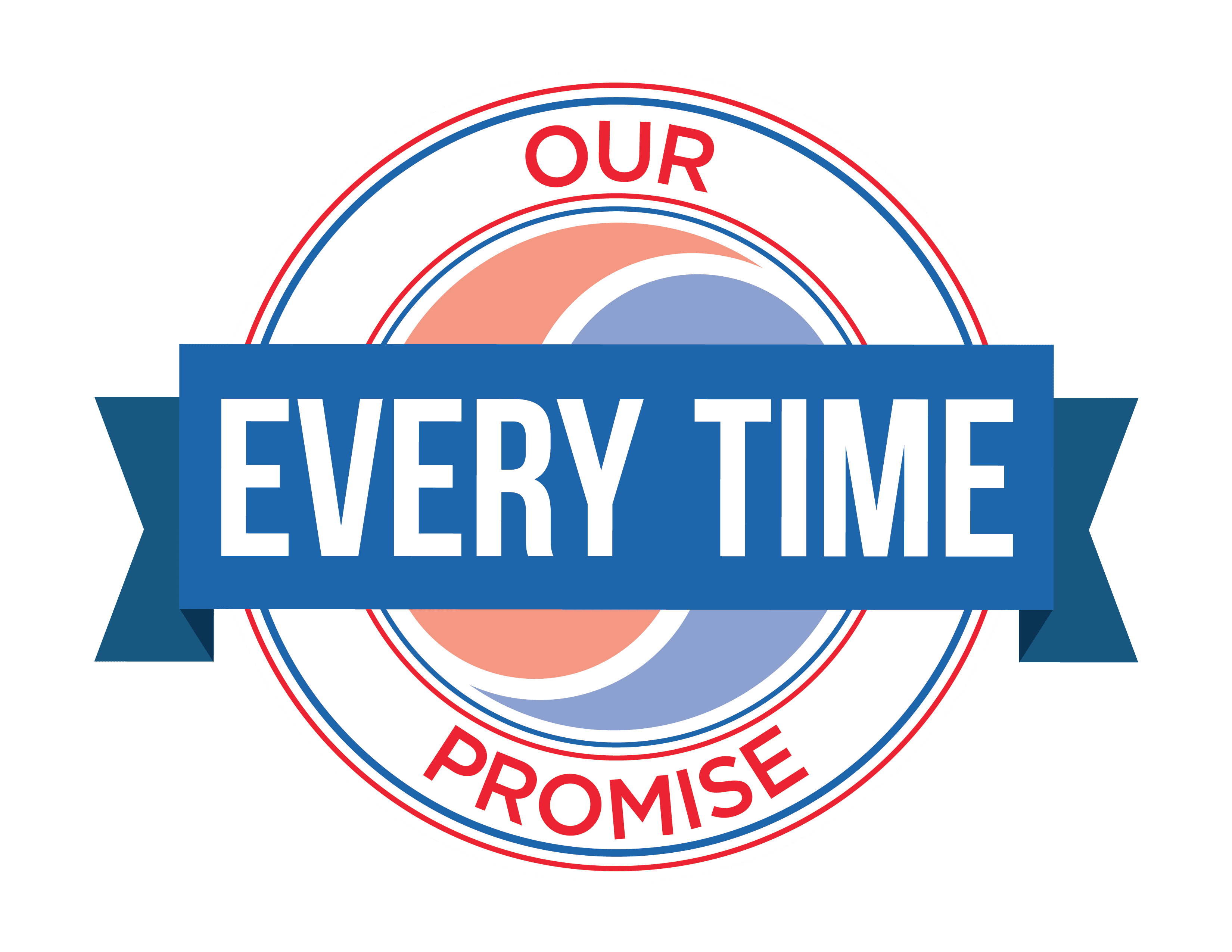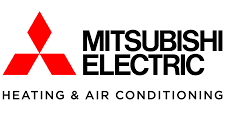As the winter season approaches, many homeowners brace themselves for the inevitable spike in their heating bills. However, with a little knowledge and some strategic planning, you can keep your heating bill in check without sacrificing comfort.
Here are a few expert tips to lower your heating bill while keeping your home warm during the chilly months. We’ll cover general tips applicable to all heating systems, including gas furnaces, electric furnaces, and heat pumps.

General Home Heating Optimization Tips
1. Let the Sun Work for You
The best source of heat is the sun. Any areas of your home that receive natural sunlight during the day should be ready to let that light in. Open up any blinds, curtains, or shutters to allow as much sunlight into the house as possible to capture as much heat as you can.
2. Optimize Your Insulation
Ensure your home is well-insulated to prevent heat loss and save energy. Inspect and repair any gaps or leaks in your insulation. The most important section of your insulation is your attic. Over time, insulation in your attic can settle down or even deteriorate. Fiberglass insulation should be replaced every 15 to 20 years as it becomes dirty, wet, moldy, and ineffective over the years.
3. Seal Leaky Windows and Doors
Use weatherstripping, caulk, or expanding insulation foam to seal gaps around windows and doors. The weatherstripping across your thresholds, doors, windows, and even garage doors is designed to be replaceable. If you don’t know the last time they were replaced, it’s probably a good idea to replace those and eliminate any drafts.
4. Regular Maintenance
Schedule annual maintenance for your heating system. Maintenance in the fall, before your system needs to be set to work, is the best time to schedule a heater tune-up. This allows technicians to find any problems with your system, check for blocked ducts or dirty heat exchangers, as well as make any minor furnace repairs. A well-tuned system is more efficient and less likely to break down.
5. Use Programmable Thermostats
Install a programmable thermostat to set temperature schedules. Lower the temperature when you’re away or asleep, and raise it when you’re home and awake. The Department of Energy states that setting your thermostat back seven to ten degrees a day for eight hours can save as much as ten percent a year on heating and cooling costs.
6. Lower the Temperature a Couple of Degrees & Dress Warmer Indoors
Drop the thermostat a few degrees, layer up with cozy clothing, and use blankets to stay warm. A base thermal layer with a long-sleeved shirt and a sweater can make a huge difference in how warm you feel. Lowering the thermostat by just a few degrees can lead to significant utility savings.
7. Replace Air Filter
Change your furnace’s air filters regularly to ensure proper airflow and efficiency. Most air filters are designed to be replaced every two months. More advanced allergen filters should be changed every 90 days. If an air filter is too dirty, less air can flow through it. The reduced airflow can strain your furnace, slowing damaging parts and decreasing energy efficiency.
8. Zone Heating
If possible, use zone heating to heat only the rooms you’re using rather than the entire house. Zone heating is a fairly inexpensive home upgrade that can offer excellent heating and cooling savings and that can pay for itself within a few years.
9. Clean Ducts
One easy tip for homeowners is to vacuum out any vents and air supply returns. This can help eliminate duct buildup and allow air to flow more easily through your duct system. We also recommend occasional professional duct cleaning services to ensure the deeper sections of your ducts are cleaned out and sanitized.
10 Seal Ducts
Have your ducts inspected and sealed to prevent heated air from escaping into unconditioned spaces. The EPA estimates that the average house in America loses 20 to 30 percent of the air that moves through the duct system to leaks, holes, and poorly connected ducts.
This air is lost to unconditioned spaces like crawl spaces, basements, or attics. Duct repairs can tighten up your air duct system and offer excellent heating savings.
11. Upgrade to Energy-Efficient Models
Consider investing in a modern, energy-efficient electric furnace, gas furnace, or heat pump. All three of these types of furnaces have had breakthrough technology updates in the last decade, which significantly increased their energy efficiency.
New technology in electric heating, a second heat exchange unit to capture energy and heat from the exhaust fumes for gas furnaces, and increased reliability and energy efficiency for heat pumps have all contributed to significant winter energy savings in these improved heating system models.
12. Use Space Heaters Sparingly
While space heaters can be useful, they can also consume a lot of electricity. In fact, they are one of the most energy-inefficient appliances you can use in a home. They also represent a potential fire hazard if left unattended. Use them sparingly and only in occupied rooms.
13. Use Ceiling Fans
Warm air naturally rises to the top of your ceilings. Most ceiling fans can rotate both clockwise and counterclockwise. Usually, clockwise blows air down to cool you in the summer, and counterclockwise pushes air up during the winter.
Running ceiling fans will help push the hot air from the ceiling, circulate it back down to the floor, and make rooms feel warmer due to a better distribution of heat. Even if your ceiling fan does not have the option to run counterclockwise, it can still stir up the air in the room and better distribute the warm air.
14. Balance Your Humidity Levels
During winter, humidity levels typically drop very low. Air molecules alone are not very good at retaining heat, but when moisture is added to the air, it can hold much more heat and has better insulation values.
Use a humidifier to increase humidity levels up to the 35 to 55 percent range to get better value from your furnace. A whole-home humidifier can make a big difference in your heating system’s efficiency.
Heat Pump Energy Tips:
- Set Your Heat Pump to “Eco” Mode: Most heat pumps have an “Eco” or “Efficiency” mode that can save energy without compromising comfort. The Eco mode prompts your system to run at a slightly reduced rate to lower power consumption but achieve maximum power savings.
- Keep Outdoor Units Clear: Ensure that leaves, debris, and snow are cleared away from your outdoor heat pump unit to maintain its efficiency.
By implementing these expert tips, you can significantly reduce your heating bill while staying warm and cozy throughout the winter. Remember that even small changes in your heating habits and maintenance routines can add up to substantial energy savings over time.
Whether you have a gas furnace, electric furnace, or heat pump, there are specific energy-saving tips you can employ to maximize efficiency and minimize costs. Stay warm and save money this winter!
If you need heating system maintenance or repairs on your furnace in Northern, Central, or Western Kentucky, call Fayette Heating. We service heating systems from Elizabeth to Lebanon, Bardstown to Campbellsville, and everywhere in between. Contact us to maximize your winter energy efficiency and start saving today.


 Skip to content
Skip to content







